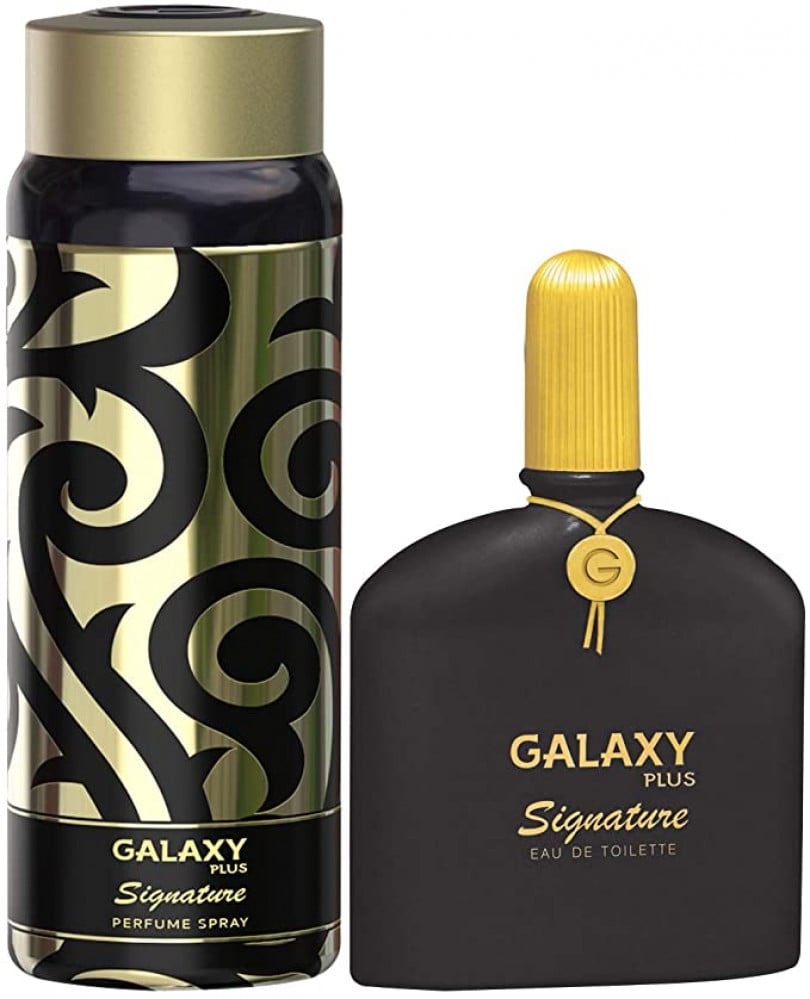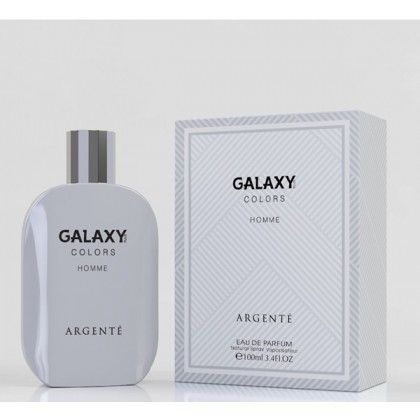
مواصفات و سعر عطر GALAXY PLUS Colors Zaffiro Femme للنساء أو دو برفيوم ، 100 مل في السعودية | قارن الأسعار

طيب الخليج on X: "#الفانيلا #Vanilla ليس لها لون واحد ولكنها تكتسب طابع متغيرعندإمتزاجها بالزهورتعطي أثرمضاعف للجنسين #عطر #جالكسي من #طيب_الخليج ٨٥ ريال https://t.co/XBuWE7AdXt" / X

عطر جالكسي بلس سيغناتشر بلاك جولد لكلا الجنسين او دي بارفان 100 مل + ديو 200 مل - جالاكسي - متجر الحين الالكتروني

سعر عطر اكستريم نوار اوم من جالكسي بلس كولورز، 100 مل فى الامارات | بواسطة امازون الامارات | كان بكام

هـــاجِــسّ on X: "نحلم ونحقق🇸🇦عروض اليوم الوطني من متجر طيف @taifstore12 خصومات 50٪ على كل المنتجات وعندهم عطر جالكسي الاكثر مبيعًا للجنسين🤩 ريحة وثبات وفوحان : للدوام .. للرسميات .. للعزايم :

عطر جالكسي بلس سيغناتشر بلاك جولد لكلا الجنسين او دي بارفان 100 مل + ديو 200 مل: اشتري اون لاين بأفضل الاسعار في السعودية - سوق.كوم الان اصبحت امازون السعودية

جلاكسي لل رجال 100 مل - او دى بارفان: اشتري اون لاين بأفضل الاسعار في السعودية - سوق.كوم الان اصبحت امازون السعودية

عطر جالكسي بلس سيغناتشر بلاك جولد لكلا الجنسين او دي بارفان 100 مل + ديو 200 مل: اشتري اون لاين بأفضل الاسعار في السعودية - سوق.كوم الان اصبحت امازون السعودية














:sharpen(1,0,false):quality(100)/product/01/05233/1.jpg?9678)


/product/86/5808/1.jpg?6758)

-550x550h.jpg)
